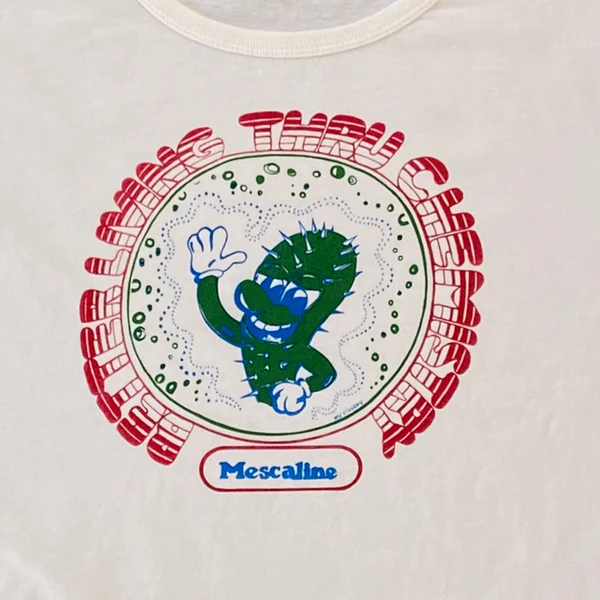Mescaline (Peyote)
Common or street names: Big Chief, peyote, buttons, cactus, mescaline, mesc, mescalito, peyoto
The Mexican peyote cactus (Lophohora williamsii) and the San Pedro cactus, which grows in Peru and Ecuador, are the natural sources of mescaline, a hallucinogenic. 2. Mescaline is available as a liquid, tablet, powder, or capsule. Chewing peyote buttons will produce the desired results.
What is mescaline?
The little, spineless cactus Peyote (Lophophora williamsi), the San Pedro cactus, the Peruvian torch cactus, and other cacti that contain mescaline are sources of the psychedelic hallucinogen mescaline. It can be synthesized and is also present in several members of the bean family, Fabaceae.
For hundreds of years, people have utilized hallucinogens, primarily for religious events or rituals. Rich, vivid visual hallucinations are caused by mescaline. Native Americans in northern Mexico and the southwestern United States, where peyote grows, have been using it as part of their traditional religious ceremonies since the beginning of recorded history. Its effects are comparable to those of other hallucinogenic substances, such as LSD or psilocybin (magic mushrooms).
How is mescaline used or abused?
Cut from the roots and dried, the disc-shaped buttons make up the crown, or top of the cactus above ground. In order to make an intoxicating tea, these buttons are typically eaten or soaked in water. It is very bitter, although it can be eaten raw or dry. In addition, the hallucinogen can be smoked with tobacco and marijuana or mixed into a powder for oral capsules.
Usually starting 60 minutes after ingestion, the psychedelic experience lasts for 8 to 12 hours. However, doses taken from plants can vary greatly, and different doses can have different effects on people.
Mescaline is used primarily as a recreational drug and is also used to supplement various types of meditation and psychedelic therapy.
- It is classified as a schedule I drug in the U.S., making it illegal in all forms (including peyote); however, it remains legal in certain religious ceremonies registered by the Native American Church1,2,3
- Drugs classified as schedule I have a significant potential for misuse, no recognized medical utility in therapy in the US, and no proven safety when used under a doctor’s supervision.
What are the effects from mescaline?
“Trips” are powerful psychedelic experiences that can either be enjoyable and enlightening or unpleasant and anxiety-inducing (sometimes referred to as a “bad trip”). It is impossible to predict the exact course of a user’s mescaline encounter.
Common effects during mescaline use may include:
- visual hallucinations and radically altered states of consciousness (psychedelic experience)
- open and closed eye visualizations
- euphoria
- dream-like state
- altered body image
- slowed passage of time
- altered perception of space
- laughter
- a mixing of senses (synesthesia, such as “seeing a sound” or “hearing colors”)
- pupil dilation
